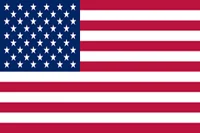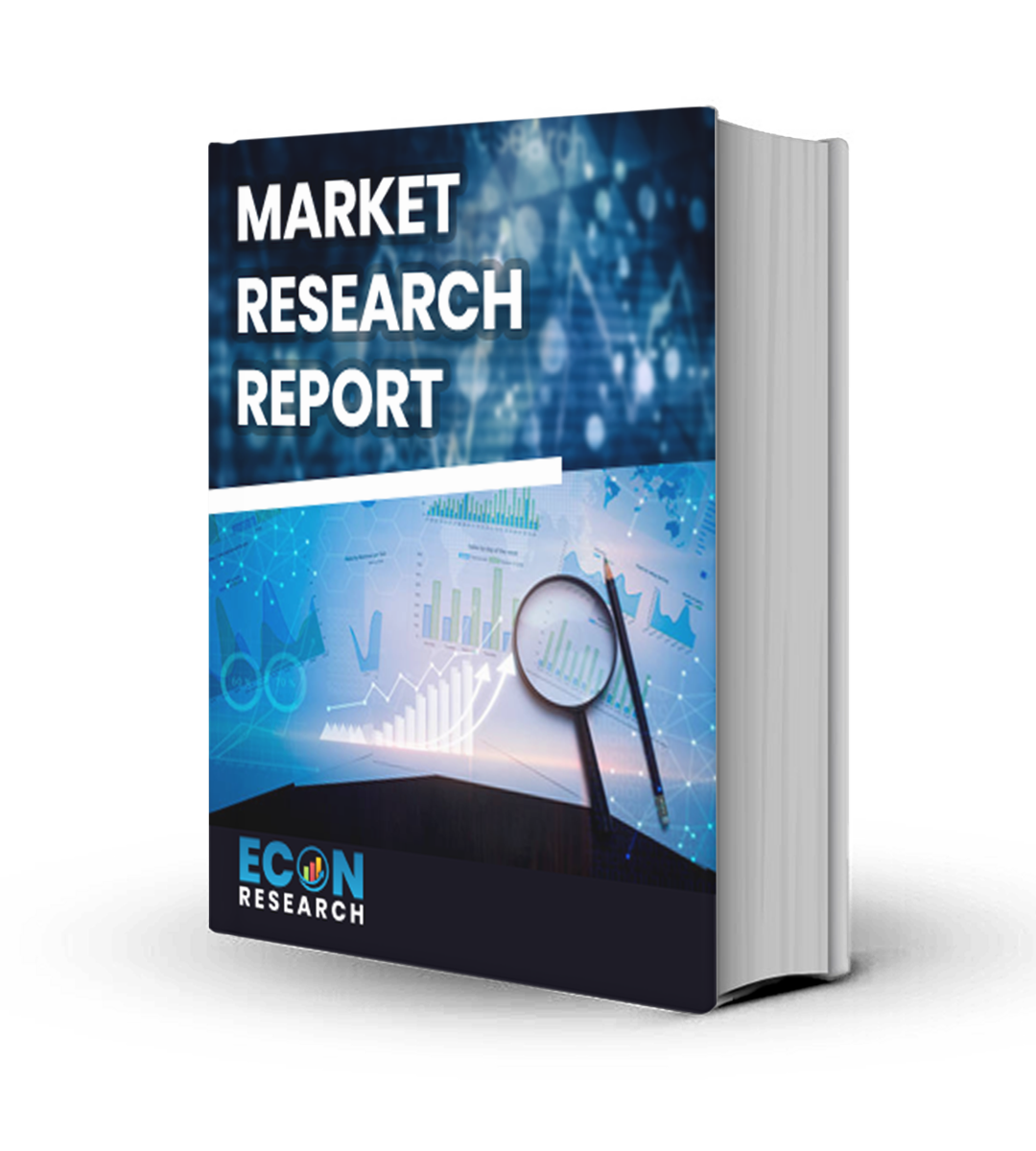Silymarin Market Size, Share, Trends, Growth, and Industry Analysis, By Product Type (Extract Powder, Extract Capsules/Tablets, Silymarin Oil, Silymarin Complex/Formulae, and Raw Silymarin Extract), By Application (Pharmaceuticals (Liver Disease Treatment, Antioxidant Supplements, Cancer Treatment Support, and Cholesterol Management), Nutraceuticals (Dietary Supplements and Functional Foods), Cosmetics & Personal Care (Anti-aging Products, Skin Care Formulations and Hair Care Products), Food & Beverages (Health Drinks, and Functional Food Additives), Animal Feed (Livestock Feed Supplements and Pet Supplements)), By Form (Solid and Liquid), Regional Analysis and Forecast 2032.
STUDY PERIOD: 2019-2032
BASE YEAR: 2023
HISTORICAL DATA: 2019-2022
Global Silymarin Market size was USD 127.18 million in 2023 and the market is projected to touch USD 187.24 million by 2032, at a CAGR of 4.95% during the forecast period.
The global silymarin market involves the manufacturing and selling of the silymarin extracted from the seeds of the milk thistle plant (Silybum marianum). Currently, the greatest known application of silymarin is as an antioxidant and anti-inflammatory agent in liver health, detoxification, and the prevention of liver damage medically incorporated into supplements and medicines. Apart from the medicinal purposes that have already been associated with silymarin, further studies are ongoing concerning its application in cancer therapy, diabetes treatment, and even skin diseases, hence, opening avenues for pharmaceutical, nutraceutical, and cosmetic use.
Gaining impetus from the rising awareness of natural remedies among consumers-particularly towards liver-related afflictions-and a growing preference for plant-based supplements, the market for silymarin is expanding. With the incidence of liver diseases such as fatty liver and cirrhosis on the rise, demand for the liver-protective agents, silymarin, is increasing. A recent trend toward health-conscious lifestyles and preventive healthcare has increased the demand for silymarin-based products. North America, Europe, and Asia-Pacific-These three regions have witnessed significant growth due to augmented healthcare supplement intake and well-established pharmaceutical industries.
Silymarin Report Scope and Segmentation.
|
Report Attribute |
Details |
|
Estimated Market Value (2023) |
USD 127.18 Million |
|
Projected Market Value (2032) |
USD 187.24 Million |
|
Base Year |
2023 |
|
Historical Year |
2018-2022 |
|
Forecast Years |
2024 – 2032 |
|
Scope of the Report |
Historical and Forecast Trends, Industry Drivers and Constraints, Historical and Forecast Market Analysis by Segment- Based on By Product, By Form, By Application, & Region. |
|
Segments Covered |
By Product, By Form, By Application, & By Region. |
|
Forecast Units |
Value (USD Million or Billion), and Volume (Units) |
|
Quantitative Units |
Revenue in USD million/billion and CAGR from 2024 to 2032. |
|
Regions Covered |
North America, Europe, Asia Pacific, Latin America, and Middle East & Africa. |
|
Countries Covered |
U.S., Canada, Mexico, U.K., Germany, France, Italy, Spain, China, India, Japan, South Korea, Brazil, Argentina, GCC Countries, and South Africa, among others. |
|
Report Coverage |
Market growth drivers, restraints, opportunities, Porter’s five forces analysis, PEST analysis, value chain analysis, regulatory landscape, market attractiveness analysis by segments and region, company market share analysis. |
|
Delivery Format |
Delivered as an attached PDF and Excel through email, according to the purchase option. |
Dynamic Insights
The major drivers include the increasing consumer awareness towards liver health and increased incidence of liver disorders, such as non-alcoholic fatty liver disease and hepatitis. The increased demand for the product as a natural remedy and dietary supplement boosts the growth of the market. Furthermore, the growing trend in herbal and plant-based wellness products supports the increased popularity of silymarin.
Instability in the market of silymarin, however, is due to fluctuations in the availability of milk thistle seeds. At times, it may lead to uncontrolled supply and pricing, putting manufacturers and consumers in a tight spot. Other challenges include regulatory problems in different regions that oppose the launch of new silymarin products.
Despite these challenges, many opportunities exist in this market, mainly with developments in research and development. Emerging trends in functional food and nutraceuticals develop vast opportunities for silymarin not just in pharmaceuticals but also in cosmetics. Online retail channels are expanding to also reach a wider customer base and increase availability of the product and access by the end consumer. Even though the number of studies confirming the health benefits of silymarin is growing steadily, new formulations are expected to continue apace over the coming years hence contributing to market growth.
Drivers Insights
- Increasing Awareness of Liver Health
The growing awareness of liver health among consumers is a significant driver for the silymarin market. Silymarin is widely recognized for its protective effects on the liver, particularly in preventing liver damage from toxins, alcohol, and certain medications. With the rise in liver-related diseases, such as non-alcoholic fatty liver disease and hepatitis, more individuals are seeking natural supplements to support liver function. Educational campaigns, health seminars, and online resources have contributed to a better understanding of liver health, prompting consumers to turn to silymarin as a preventive and therapeutic option. This trend is evident in the increasing sales of liver health supplements, which often feature silymarin as a primary ingredient, thereby propelling market growth.
- Growing Demand for Natural Remedies
The shift towards natural and herbal remedies is another crucial driver for the silymarin market. As consumers become more health-conscious, there is a growing preference for products derived from natural sources over synthetic alternatives. This trend is especially prominent among millennials and Gen Z, who are more inclined to explore plant-based supplements and nutraceuticals. Silymarin, being a natural compound, aligns with this consumer preference and is increasingly included in dietary supplements, functional foods, and herbal formulations. Furthermore, the trend toward organic and clean-label products further supports the demand for silymarin, as consumers seek transparency in their ingredient choices.
Restraints Insights
- Fluctuations in Raw Material Supply
The silymarin market faces challenges related to the availability of milk thistle seeds, the primary source of silymarin. Factors such as weather conditions, agricultural practices, and market demand can lead to fluctuations in supply, resulting in inconsistent pricing and availability. This unpredictability can create challenges for manufacturers who rely on a steady supply of raw materials to produce silymarin-based products. Additionally, sourcing high-quality milk thistle seeds can be difficult, impacting the overall quality of the final products. Such fluctuations can deter potential entrants to the market and limit the growth of existing companies.
- Regulatory Challenges
Regulatory issues are a restraint to the silymarin market because different countries have issued unique approval and marketing guidelines with regards to dietary supplements and herbal products. Such strict policies may delay the launch of the products in the market and result in higher operational costs for manufacturers. The dosages and formulations of silymarin also confuse the minds of consumers and health care providers. This regulatory landscape may discourage innovativeness and restrict the introduction of new products, thereby controlling market growth.
Opportunities Insights
- Research and Development Initiatives
All the studies conducted and those in process pertaining to the health benefits of silymarin seem a serious market expansion opportunity. The scientific exploration and potential usage in treatment and management of diseases such as cancer, diabetes, and neurodegenerative diseases have left room open for future generations in terms of new silymarin-based products or new formulations of existing silymarin-based products, providing avenues for truly using silymarin beyond treating liver health. Interdisciplinary partnerships between nutraceutical industry organizations and academic institutions would accelerate the pace of nutraceutical product development and penetration into the market.
Segment Analysis
- By Product
The silymarin market can be further segregated by product into several categories, which meets the requirements of the different consumers. Extract powder is a form that is highly in demand because it can be used as an active ingredient and as a functional ingredient in various formulations. This kind of forms is concentrated and easy to add to different products. Extract capsules/tablets have gained immense popularity for easy and accurate dosing, accessible for everybody who wishes to gain the healthy qualities of silymarin without the inconvenience of preparing powder mixtures for dosing. Silymarin oil is less common but is increasingly demanded for dermal use as well as supplement use, taking advantage of the health benefits attainable with the active substance. The formulae/complexes of silymarin comprise products combining it with other beneficial ingredients, which can improve its health benefits and value for consumers who seek holistic health solutions. Finally, raw silymarin extract appeals to manufacturers and formulators who prefer to develop customized products or blends where flexibility in formulation is possible and targeted to specific health claims.
- By Application
The application segment in the silymarin market is highly diversified and has several major industries to which silymarin is applied to utilize its possible health benefits. Mainly, in the pharmaceutical industry, silymarin is quite well known as a drug for the treatment of liver diseases that plays the role of a hepatoprotective agent in preventing damage to the liver and inducing liver regeneration. It also finds widespread applications in antioxidant supplements and is used in health supplements to fight oxidative stress. There is also proof for its possible function in the future medicine in supporting treatments for cancer and in cholesterol control, making it an even broader therapeutic use product. A relatively well-known nutraceutical is silymarin, found in popular dietary supplements and functional foods intended to attract the health-conscious consumer in search of preventive applications for health. The cosmetics and personal care sector involves the application of silymarin in anti-aging formulations, skin care preparations, and hair care, all claiming to harness antioxidant properties as a means to promote beauty and healthy-looking skin. Apart from that, under the food and beverage category, silymarin is consumed through health drinks and also as an additive in functional foods to the consumers interested in healthy choices. Last but not the least, in animal nutrition, the product group incorporates animal feed supplements for improvement purposes of livestock as well as pet well-being due to its health benefits.
- By Form
The silymarin market is also segmented by form, encompassing both solid and liquid formulations. Solid forms primarily include powder and capsule/tablet options, which are favored for their convenience, longer shelf life, and precise dosing. This form is particularly appealing for dietary supplements, allowing for easy consumption and integration into daily routines. In contrast, liquid forms of silymarin, such as oils or tinctures, offer an alternative that may be preferred by consumers seeking quick absorption and versatility in application, including topical uses. Liquid formulations can be easily mixed into beverages or applied directly to the skin, catering to diverse consumer preferences. The choice between solid and liquid forms often depends on individual lifestyle and health goals, contributing to the overall growth of the silymarin market as manufacturers continue to innovate in both categories to meet consumer demand.
Regional Analysis
The silymarin market worldwide is quite diversified with considerable regional variations. Of these, the main contributors to growth are North America, Europe, Asia-Pacific, Latin America, and Middle East & Africa. Based on segmentation, North America holds prominent shares in the market, mainly led by consumer awareness with herbal supplements and an increasing demand for health products with natural ingredients. The United States is the regional leader, primarily due to the excellent-established nutraceuticals industry coupled with growing diseases in the liver, thereby bringing higher demand for silymarin-based products. Furthermore, the region holds several major players and world-class research institutions, which ensures innovative up-gradation and hence increased product access.
The market in Europe is also on a rise, but it is led by a strong emphasis on herbal remedies and complementary medicine. Countries like Germany and the United Kingdom are noted as high consumers of silymarin supplements mainly through the pharmaceuticals and nutraceuticals sectors. With a trend towards clean label and organic products, this is further fueling growth in the market in this region. Otherwise, the Asia-Pacific region has been growing at a rapid pace, mainly due to the health consciousness among the consumers and the steady demand for herbal supplements in India and China. The cultural tendency towards traditional medicine combined with the increasing adoption of western dietary supplements support the silymarin market in this region. Secondly, Latin America, along with Middle East & Africa, are developing markets, while natural cure medicines are in a rising demand. Further, some significant investments in health care infrastructure are also increasing the silymarin market in its self.
Competitive Landscape
The few players in this market include Naturex S.A, Nutraceutical International Corporation, Herb Pharm, and Gaia Herbs. Some of the concentrative leaders are channelled through large-scale distribution networks and strong brand presence in the market. Companies in these organizations have emphasized their product innovation and quality assurance measures whereby sometimes they require investments in research and development to provide new applications for silymarin or improve its effectiveness. Competition is also increased with the entry of more small and medium-sized enterprises onto the market offering niche products and reaching specific needs.
Besides the above factors, strategic initiatives that shape competitive dynamics include mergers and acquisitions, partnerships, and collaboration for expanding the portfolio of products and reach in the market. Mergers and acquisitions of various herbal supplement producers with research institutions have become a common practice, an activity that allows for the production of clinically backed products with greater credibility in the market. Companies are now focusing more on sustainability and ethics in sourcing since these practices tend to resonate with increasingly environmentally conscious consumers. Ecommerce now also represents a pivotal channel for competition with brands heavily investing in online marketing strategies that can reach the health-conscious consumer.
List of Key Players:
- Aksuvital
- Xian Natural Field Bio-Technique
- Xi'an Sost Biotech
- Shaanxi Guanjie Technology
- Guangzhou Phytochem Sciences
- Health Genesis
- Monteloeder
- Xi'an Lyphar Biotech
Silymarin Report Segmentation:
|
ATTRIBUTE |
DETAILS |
|
By Product |
|
|
By Application |
|
|
By Form |
|
|
By Geography |
|
|
Customization Scope |
|
|
Pricing |
|
Objectives of the Study
The objectives of the study are summarized in 5 stages. They are as mentioned below:
- Global Silymarin size and forecast: To identify and estimate the market size for global Silymarin market segmented By Product, By Form, By Application, and by region. Also, to understand the consumption/ demand created by consumers between 2024 and 2032.
- Market Landscape and Trends: To identify and infer the drivers, restraints, opportunities, and challenges for global Silymarin
- Market Influencing Factors: To find out the factors which are affecting the market of global Silymarin among consumers.
- Company Profiling: To provide a detailed insight into the major companies operating in the market. The profiling will include the financial health of the company's past 2-3 years with segmental and regional revenue breakup, product offering, recent developments, SWOT analysis, and key strategies.
Frequently Asked Questions
Request For Table of Content
Research Methodology
Multi-report Purchase Plan
A Customized Plan Will be Created Based on the number of reports you wish to purchase
InquireRelated Reports
Client Testimonials
“We value your excellent customer service, promptness in responding, flexibility in customizing reports, and pleasant manner in general. ”
June S. Lee - SBIC/SBP&T Co.,Ltd
“The study and the services provided by Econ Research have more than met my expectations. The study has good depth and breadth and was reasonably priced. Instant responses to my questions delighted me, and the project went off without a hitch. When I require information about a different industry to help my clients, Econ Research would be the first market research firm I would get in touch with.”
Dan Dybus - AlixPartners


